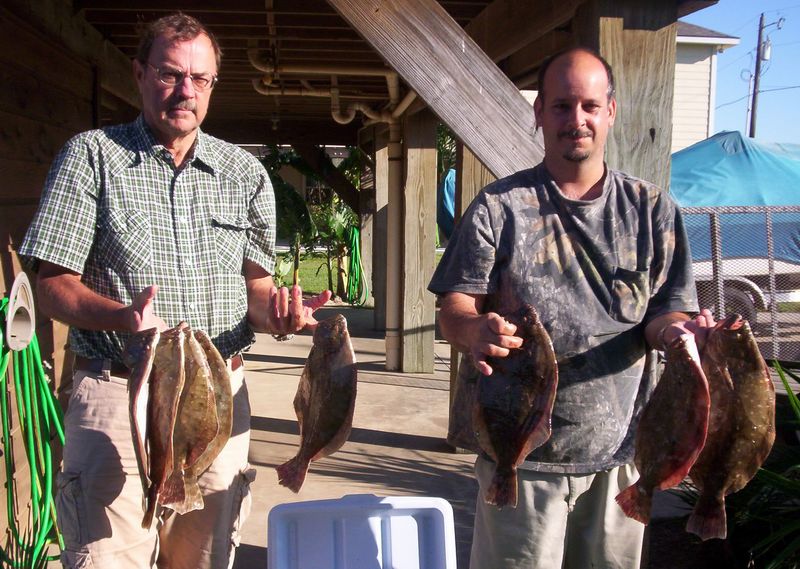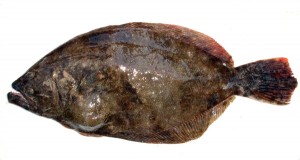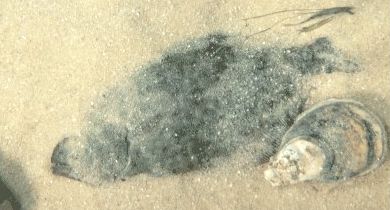Although many flounder are taken by rod and reel, “floundering” or gigging offers the best challenge for this Gulf species. The flounder’s habit of entering the shallow waters at night to feed makes the flatfish vulnerable to thin-water giging. Flounder fishing is best during the Gulfward migration from October through December. During this time, lanterns and spotlights can be seen in and around the pass areas as anglers wade through the shallows in search of the elusive flounder.
Gigs ranging from single-pronged to modified hay forks are often used to spear the fish. The fishermen wade quietly along the shallows looking for flounder lying flat on the bottom. Once the flounder is within the light from the lantern, normally it will not move, allowing the fisherman a chance to “gig” the fish. Although this sounds like a sure-fire method, many fish are missed because they go undetected until they swim away or because of inaccurate gigging by an over-anxious fisherman. Continue reading Fall Floundering Along the Texas Coast


